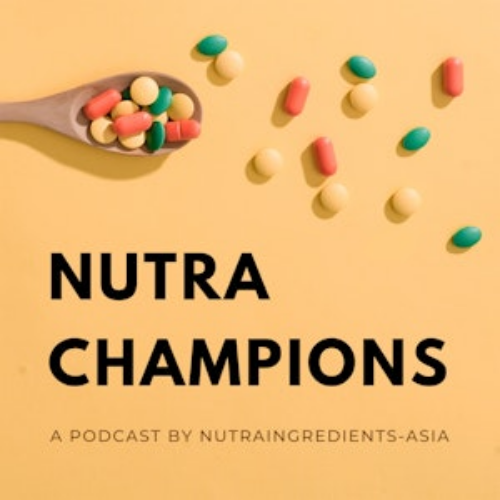Can Asia rival Latin America as the world’s fortified food hotspot?

That was a key finding from a recent paper produced by market research firm Mintel, which said firms should focus their efforts on regions where fortification is need “to fight malnutrition and equalize nutrition around the world.”
Despite the importance of micronutrients for health, a growing interest in clean-label products is challenging the prevalence of fortified claims on food and drink products, as well as the use of supplements, states the Mintel report, written by Stephanie Mattucci.
It found a majority of consumers would rather get vitamins from a healthy diet than from fortified foods or supplements, even among people who regularly took supplements.
“Indeed, this trend has negatively impacted the percentage of food and drink products launched with a vitamin/mineral fortified claim. Fewer than 2% of food and drink products launched in North America, Asia Pacific, and Europe used a vitamin/mineral fortified claim in the 12-month period between September 2015 and August 2016.”
Despite this, micronutrient deficiencies is still a major public health concern, with Vitamin A, D, iron and iodine deficiencies the most prominent.
While Latin America is currently leading the way for fortification, with 10% of products launched in Mexico between 2011 and 2016 carrying a fortified claim, analysts also see plenty of opportunity for future growth in APAC.
Baby food focus
Recent innovations including fortified cooking sauces and dairy drinks were highlighted, while fortified baby foods could thrive in the region, despite witnessing a global downturn.
“In China, 80% of female internet users aged 20-39 with a baby aged 0-3 years’ old who are decision-makers of buying baby food agree they worry about their child’s health and whether they get enough nutrition,” states the report.
“Even with the recent decline in penetration of vitamin/mineral fortified claims in baby foods, the category may be the best hope for suppliers of micronutrients to engage with consumers.”
However, Mintel adds parents will need to be educated about the benefits of micronutrient fortification in order to see the value of these products and encourage them to seek out vitamin/ mineral fortified products, especially as questions loom about unfamiliar ingredients.
“Health campaigns by food manufacturers could also be more effective in educating the masses about micronutrients,” it adds, concluding they should “focus their efforts on Latin America, Middle East & Africa, and Asia Pacific.”



















